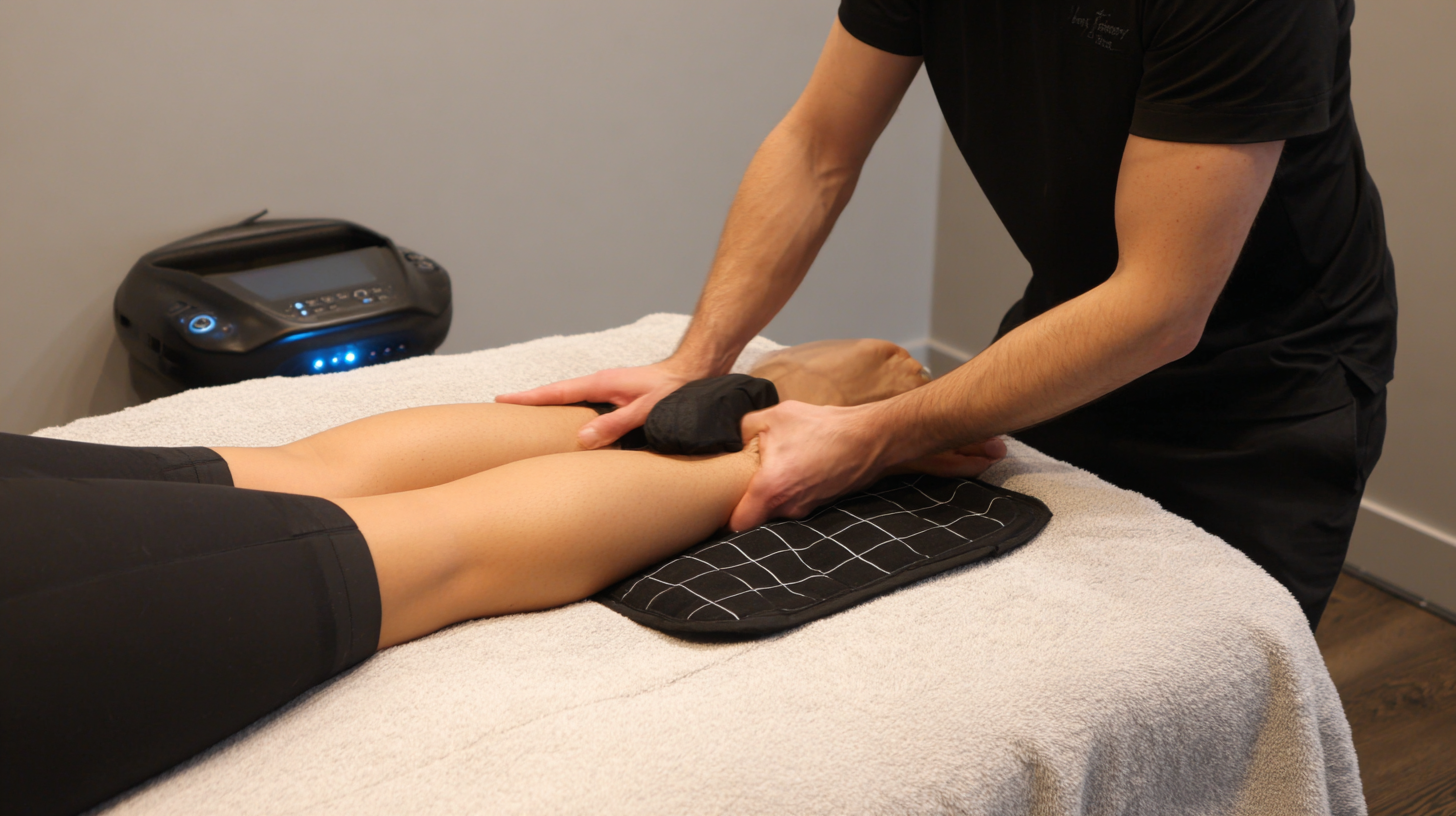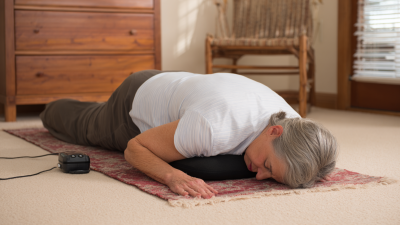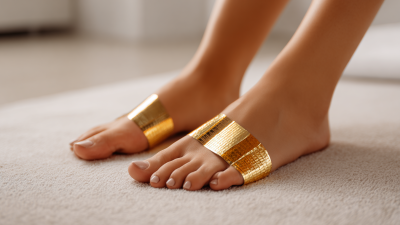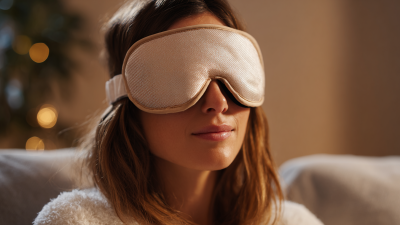In recent years, the demand for effective pain relief solutions has led many individuals to explore innovative methods that prioritize convenience and comfort. One such method gaining popularity is "Patch Heat," a remarkable advancement in pain management technology. This guide will illuminate the myriad benefits of Patch Heat, presenting an array of tips to maximize its effectiveness for various types of discomfort. From chronic pain to muscle soreness, Patch Heat offers a targeted approach to alleviating discomfort, allowing users to maintain their daily activities without interruption. As we delve into the unique advantages and practical applications of Patch Heat, you'll discover how this simple yet powerful solution can transform your approach to pain relief, empowering you to regain control over your well-being.

Patch heat therapy is a non-invasive method that harnesses the soothing warmth of heat packs to alleviate pain and discomfort. These patches are designed to adhere directly to the skin and apply gentle, consistent heat to the affected area. The science behind patch heat focuses on the principle of thermotherapy, wherein heat promotes blood circulation, relaxes tight muscles, and reduces stiffness. This process enhances tissue elasticity and encourages the release of endorphins, the body’s natural painkillers, providing immediate relief from aches and pains.
The effectiveness of patch heat also lies in its ease of use and portability. Users can apply a patch and go about their daily activities without the restrictions that traditional heating methods might impose. Additionally, patch heat therapy is suitable for various conditions, including muscle strains, arthritis, menstrual cramps, and even stress relief. By understanding how patch heat works and its benefits, individuals can incorporate this convenient solution into their pain management routines, making it an essential tool for achieving comfort and wellness.

When it comes to pain relief, heat patches have gained significant traction in the healthcare industry, providing an effective, non-invasive solution for various types of discomfort. According to a report by the American Physical Therapy Association, approximately 80% of adults experience back pain at some point in their lives, and heat therapy can offer considerable relief. There are several types of heat patches available, each tailored to treat specific ailments. For instance, adhesive heat patches deliver consistent warmth directly onto the skin, targeting muscle and joint pain. Microwavable heat pads allow for customizable heating, ideal for home use, and can cover larger areas of the body.
Tips: When using heat patches, always check the instructions for proper application time and temperature settings to avoid burns. It's recommended to apply heat therapy for 15-20 minutes at a time, allowing for a break in between sessions. Additionally, consult with a healthcare professional before integrating heat patches into your pain management routine, especially if you have underlying medical conditions.
Infrared heat patches are another innovative option, utilizing deep tissue penetration to promote blood circulation and enhance healing. According to a study published in the Journal of Pain Research, this type of heat therapy significantly reduces pain levels in patients with chronic conditions, providing credibility to its effectiveness. As you explore these various heat patch options, consider your specific pain management needs to find the most suitable choice.
When it comes to managing pain, heat patches have emerged as an effective solution for many individuals seeking relief. According to a report by the American College of Physicians, the use of heat therapy is supported as a first-line treatment for certain types of pain, including muscle strains and chronic back problems. Heat patches deliver soothing warmth directly to the affected area, promoting blood flow and helping to alleviate discomfort.
To use heat patches effectively, first clean the skin where you intend to apply the patch to ensure proper adhesion. Next, remove the protective film and apply the patch to the skin for an optimal duration—typically 8 to 12 hours, depending on the product instructions. It's essential to monitor skin temperature and avoid applying the patch to areas with bruises or broken skin.
Tips for maximizing the benefits of heat patches include combining their use with gentle stretching exercises to further relieve tension in the muscles. Additionally, consider maintaining hydration, as staying hydrated can improve overall muscle function and recovery. Remember, while heat therapy can be highly effective, it's best used in conjunction with other pain relief methods for the most comprehensive treatment approach.
When it comes to managing pain, heat patches have emerged as a popular option due to their ease of use and effective relief. In this comparative analysis, we will explore how heat patches stack up against other common pain relief methods, such as oral medications and physical therapy. Unlike oral medications that can sometimes lead to unwanted side effects, heat patches provide localized relief without the systemic impact, making them a safe choice for many. Additionally, they offer a continuous source of warmth, which can soothe muscles and alleviate tension more effectively than single-dose treatments.
Tips for using heat patches effectively: Always apply the patch to clean, dry skin, and ensure that it's securely adhered. For optimal results, consider combining heat therapy with gentle stretching exercises to enhance flexibility and increase blood flow to the affected area. Remember to monitor the temperature to avoid skin irritation, especially when using patches for an extended period.
While heat patches are handy, it's important to recognize their place in a broader pain management strategy. For chronic conditions, supplementing heat therapy with other modalities, such as physical therapy or acupuncture, can offer comprehensive relief. Personalizing your approach can lead to a more effective pain management regimen by addressing the root causes of discomfort, rather than just the symptoms.

When using heat patches for pain relief, safety should always be your top priority. Before applying a heat patch, ensure that the skin is clean and dry. This helps prevent any skin irritation or adverse reactions. It's important to choose the correct size and type of patch for your specific needs; oversized patches may increase the risk of burns, while smaller patches may not provide adequate coverage. Always follow the manufacturer's instructions regarding application and duration of use to maximize benefits without compromising safety.
Monitoring your skin during and after use is crucial. Remove the patch if you experience any discomfort, excessive heat, or signs of irritation, such as redness or blistering. It's also essential to avoid using heat patches while sleeping, as this can lead to prolonged exposure and increase the likelihood of burns. Additionally, individuals with specific medical conditions, such as diabetes or circulatory issues, should consult a healthcare professional before using heat patches to ensure safe usage. Practicing these safety tips can help you enjoy the pain-relieving benefits of heat therapy while minimizing risks.
This chart illustrates the effectiveness of various heat patch types for pain relief based on user satisfaction ratings. Ratings are on a scale of 1 to 10, with 10 being the most effective.






